Dried mandarin orange peel is a versatile ingredient that enhances flavor in cooking, teas, and home remedies. This guide covers proven uses, storage tips, and buying advice to maximize its potential in your kitchen.
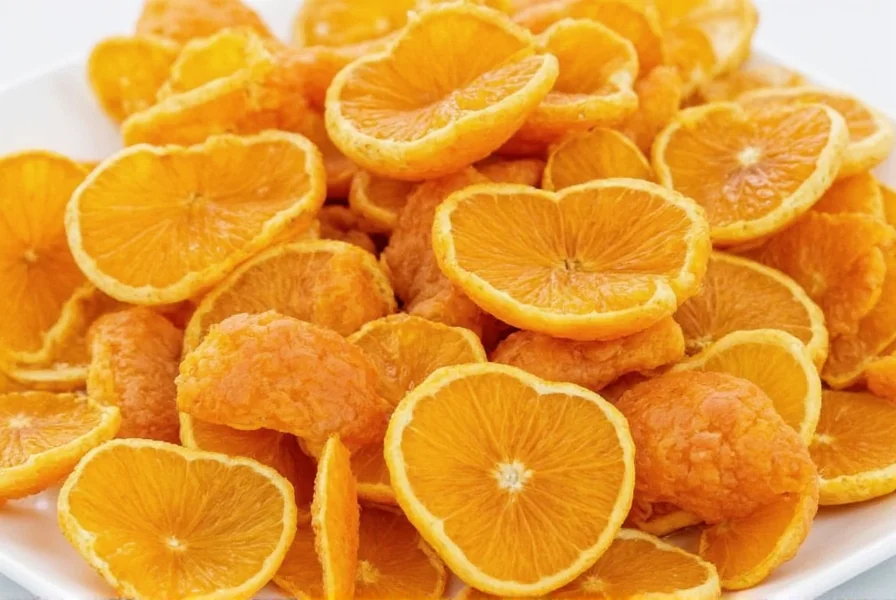
Table of Contents
- What Is Dried Mandarin Orange Peel?
- 7 Proven Culinary Uses
- Health Benefits & Safety Notes
- How to Choose Quality Peel
- Storage Tips
- FAQs
What Is Dried Mandarin Orange Peel?
Dried mandarin orange peel (known as Chen Pi in Chinese cuisine) is the sun-dried zest of mandarin oranges, stripped of white pith. Unlike fresh peel, it concentrates citrus oils for intense flavor and aroma. Traditionally aged for months or years, it’s a staple in Asian cooking and herbal medicine.
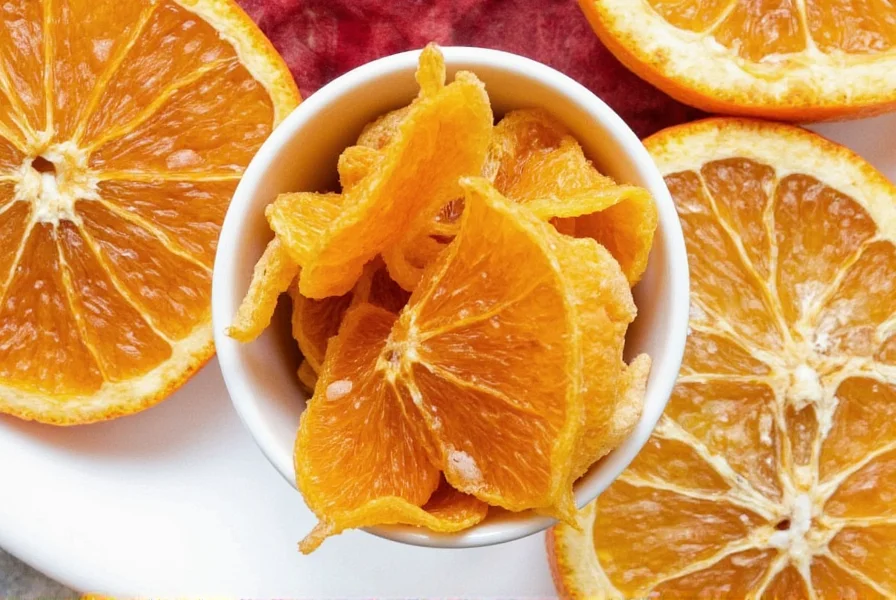
7 Proven Culinary Uses
Transform everyday dishes with these practical applications:
-
Braised Meats & Stews
Add 1-2 small strips to slow-cooked beef, pork, or duck. The citrus notes cut through fat and balance rich flavors. Remove before serving.
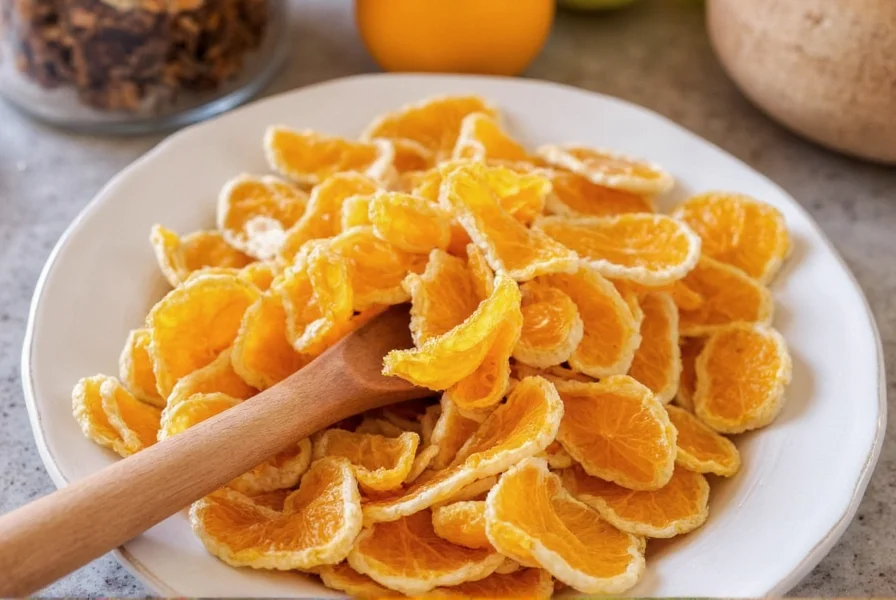
-
Tea & Infusions
Steep 1-2 pieces in hot water with ginger or honey. For medicinal use, traditional Chinese medicine recommends aged Chen Pi for digestion support.
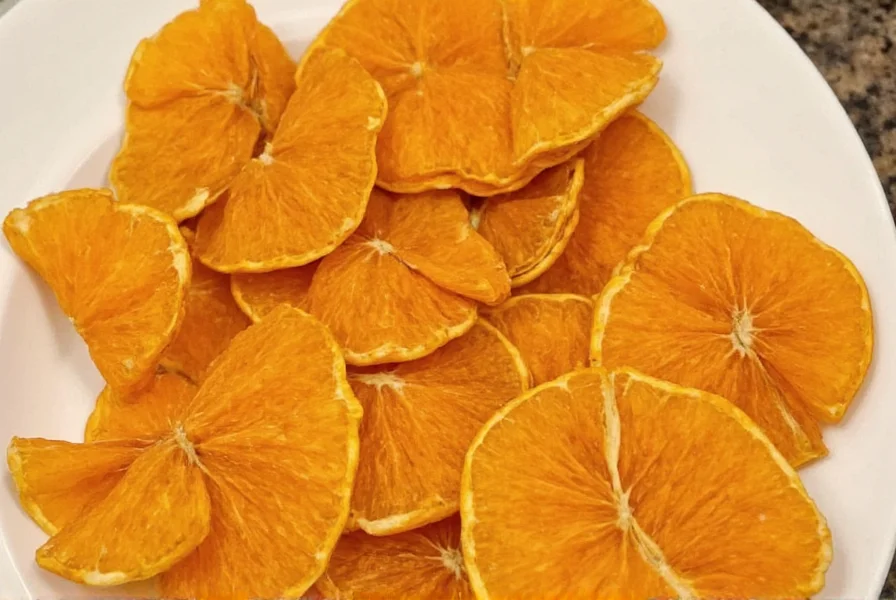
-
Baking & Desserts
Grind into powder for cookies, cakes, or chocolate desserts. Use 1/4 tsp per recipe for subtle citrus notes without bitterness.
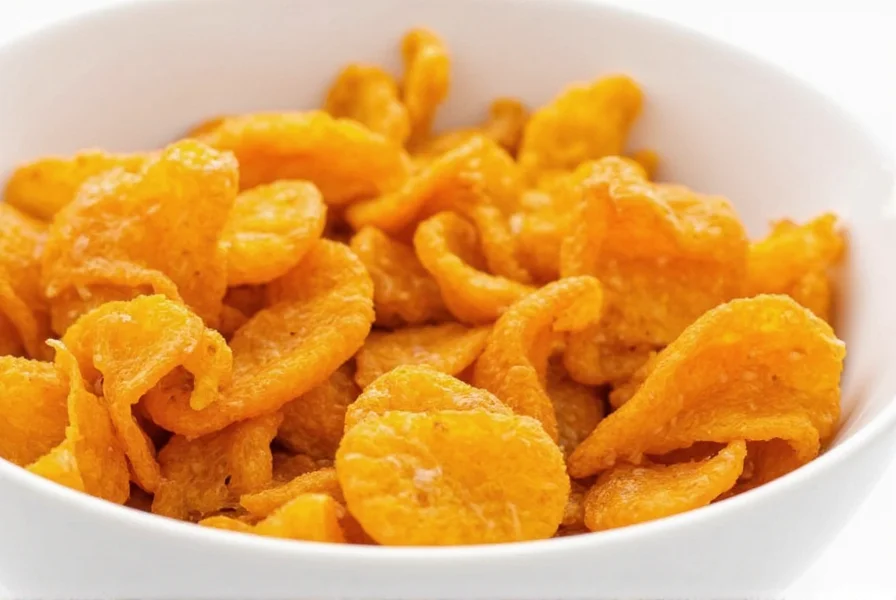
-
Marinades & Dressings
Infuse olive oil or vinegar with 3-4 pieces for 1 week. Strain and use for salad dressings or protein marinades.

-
Spice Blends
Combine ground peel with cumin, coriander, and chili for Middle Eastern or Southeast Asian rubs. Use 1 tsp per 1 lb of meat.
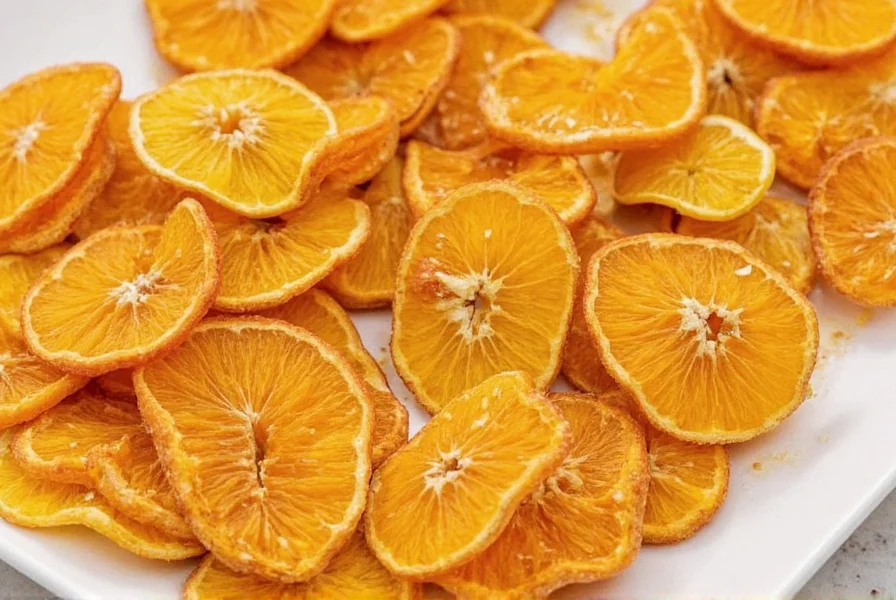
-
Homemade Liqueurs
Soak 5-6 pieces in 750ml vodka with 1/4 cup sugar for 4 weeks. Strain for a citrus-forward cocktail ingredient.
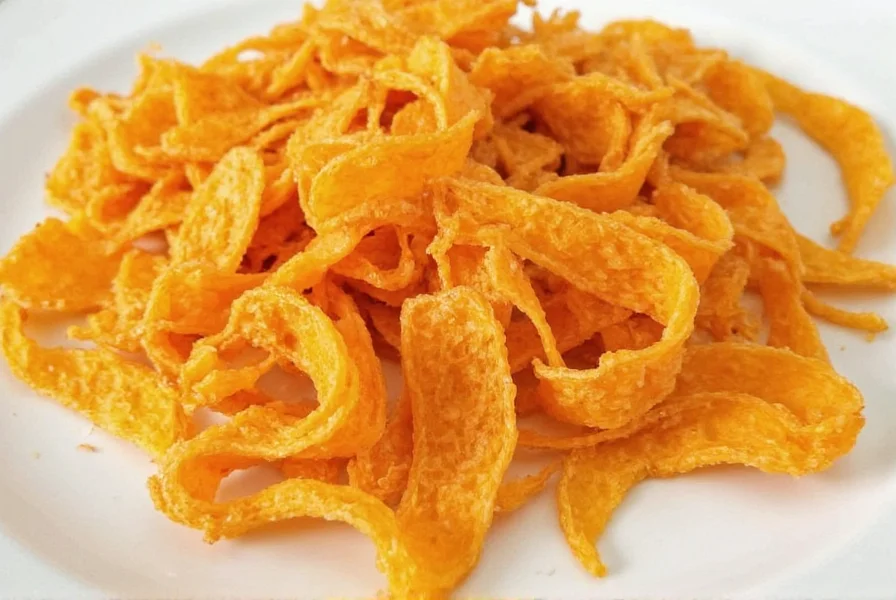
-
Natural Air Freshener
Simmer 4-5 pieces with cinnamon sticks and cloves in water for 10 minutes. Refreshes rooms without synthetic chemicals.
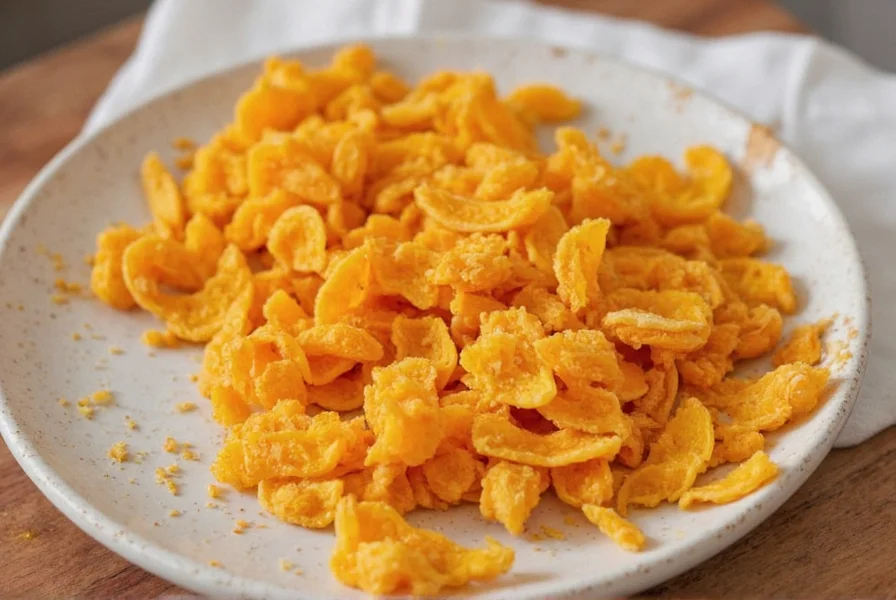
| Product Type | Features | Advantages | Best For |
|---|---|---|---|
| Whole Dried Peels | Sun-dried, aged 1-5+ years | Cost-effective, ideal for infusions and teas | Home cooks, herbal tea enthusiasts |
| Ground Mandarin Powder | Finely milled from high-quality peels | Easy to incorporate into baking and spice mixes | Bakers, chefs |
| Aged Chen Pi (Premium) | Traditionally aged 3-10 years | Deep, complex flavor; medicinal properties | Professional chefs, traditional medicine practitioners |
Health Benefits & Safety Notes
Traditional Uses: - Digestive aid: Alleviates bloating and gas (per TCM practices) - Respiratory support: Helps clear nasal congestion - Antioxidant-rich: Contains hesperidin and naringin flavonoids Safety Guidelines: - Consult a doctor before using for medical purposes - Avoid if taking blood thinners (may interact with citrus compounds) - Pregnant/nursing women should limit consumption - Store properly to prevent mold growth
Storage Tips
- Keep in airtight glass containers away from light and moisture
- Store in cool, dark pantry (not near stove or sink)
- Whole peels: 18-24 months; ground powder: 6-12 months
- Check for musty smell or visible mold before use
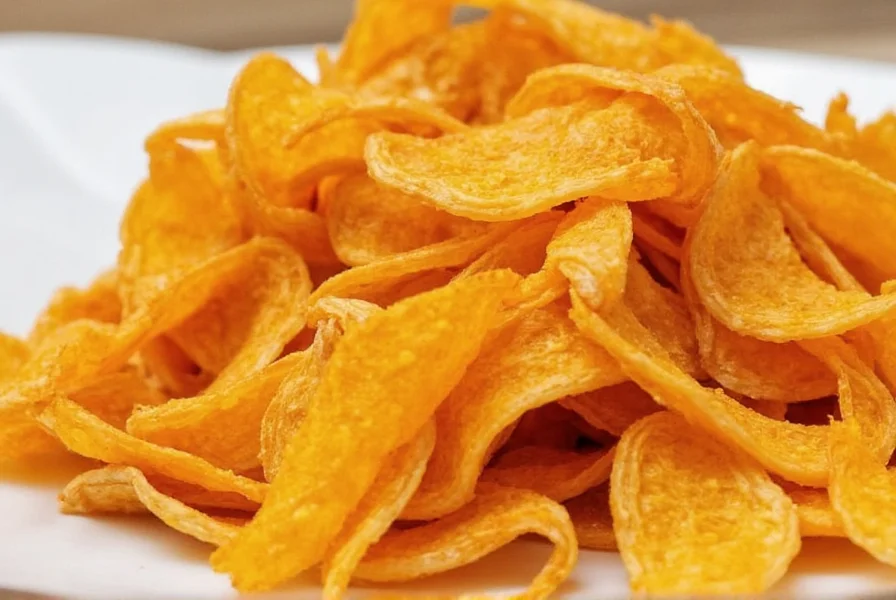
Frequently Asked Questions
How is dried mandarin peel different from regular orange peel?
Mandarin peel has thinner skin, sweeter aroma, and less bitterness than standard orange peel. It contains higher concentrations of volatile oils ideal for culinary use.
Can I make dried mandarin peel at home?
Yes. Remove peel from mandarins, avoiding white pith. Dry in a food dehydrator at 95°F (35°C) for 8-12 hours, or air-dry in a ventilated area for 1-2 weeks until crisp.
How much should I use in recipes?
Start small: 1/4 tsp ground peel or 1-2 small strips per serving. Aged Chen Pi is more potent—use half the amount.
Can I substitute with other citrus peels?
Tangerine or clementine peel works best. Regular orange peel has stronger bitterness. Avoid lemon/lime as substitutes—their flavor compounds differ significantly.
What’s the difference between Chen Pi and regular dried peel?
Chen Pi specifically refers to mandarin peel aged 1+ years (often 3-10 years). Aging develops deeper flavor and enhances traditional medicinal properties.
Is it safe for everyone?
Generally safe for culinary use, but consult a doctor if taking medications (especially blood thinners) or during pregnancy. Those with citrus allergies should avoid it.
How to tell if it’s gone bad?
Check for musty odor, mold spots, or loss of vibrant color. Properly stored whole peels last 2 years; ground versions 6-12 months.
Can I use it in Western dishes?
Absolutely. Add to chocolate desserts, cream-based sauces, or barbecue rubs for unexpected complexity. Start with minimal amounts to adjust to taste.
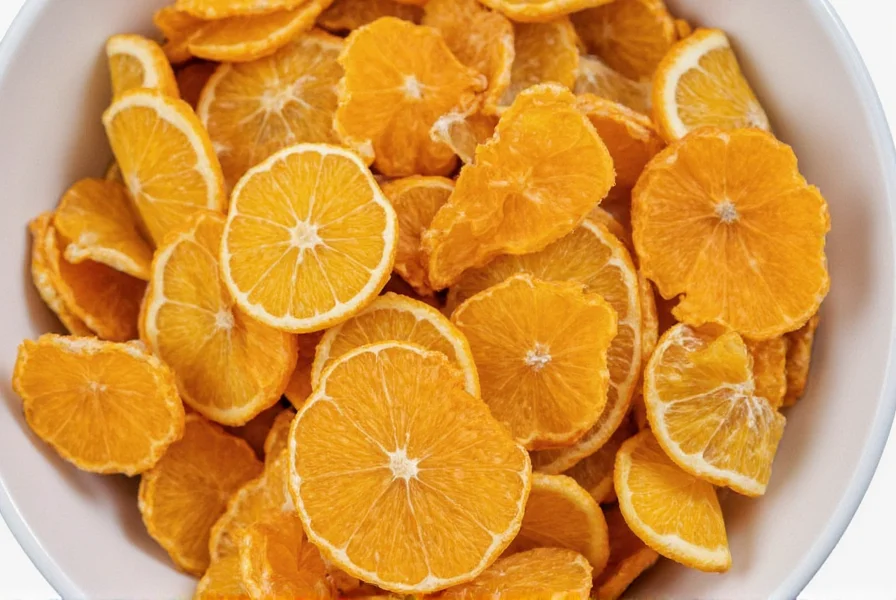

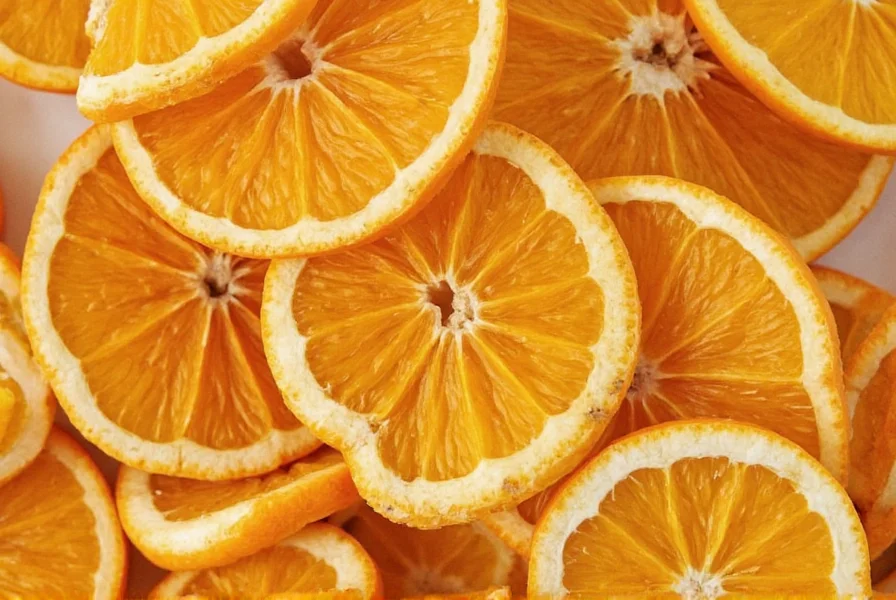









 浙公网安备
33010002000092号
浙公网安备
33010002000092号 浙B2-20120091-4
浙B2-20120091-4